Australian car-makers have never quite grasped that many of us no longer live on quarter-acre blocks with white picket palisades in suburbs straight from Neighbours.
But style, luxury, comfort and even performance needn't be sacrificed at the altar of practicality or forsaken in the pursuit of greenness.
Only a decade ago, Volkswagen's Golf was considered a small car, but the current model is quite big enough for a family mobile.
Beneath that, there's an emerging class of diminutive but dynamically pleasing, usefully spacious and (of increasing importance) eco-friendly city cars.
It's the segment that shows less in terms of horsepower really can be more in terms of liveability and sustainability. In terms of luxury, too: you can downsize but up-spec - and cut quite a figure when you do.
When a car weighs not much more than a tonne, low fuel consumption and low emissions are pretty much guaranteed.
The Citroen C2 and C3 won't win any traffic-light derbies, but they do tick both those green boxes and the less tangible - but just as important - one marked “style”.
In terms of reliability, it's said there's no such thing as French without tears, but it's hard not to be enamoured of the chic siblings.
Our selections would be the C2 VTS with 1.6-litre petrol engine or the C3 Hdi with super-frugal, 1.6-litre turbo diesel (both from $23,990).
The latter variant would also be the overwhelmingly popular choice in Paris.
Italy gave the world the original city car, designed to provide affordable personal transport while being able to park on a postage stamp. It was the Fiat 500.
The reborn, and instantly iconic, Fiat 500 fulfils that brief as a chunk of retro chic that's also fun to drive.
Our choice is the top-spec Lounge variant, priced from $25,990 with a perky 1.4-litre petrol engine mated to a six-speed manual. If the 500 doesn't raise a smile, you probably don't like sunny days, either.
There's also the option of a robotised manual transmission with auto-drive mode. It dispenses with both a clutch pedal and the emission spikes that occur when you change ratios in a conventional gearbox.
And, with seven airbags, the ESP-equipped top models in the 500 range have better crash-safety credentials than a Falcodore.
The Honda Jazz has been around longer than any other car mentioned here but, in several respects, it remains the benchmark for city cars.
Honda's build quality is world-leading; the Jazz's space, practicality and economy are class-leading.
Although a small engine combines best with a manual gearbox, it's equally true that changing gears for yourself is a dying art.
So try the range-topping VTi-S with continuously variable transmission and 1.5-litre powerplant at $22,920.
In the next-size-up Civic range, Honda offers a petrol/electric model which has been submerged beneath the decidedly eco-unfriendly mountain of print devoted to Toyota's Prius.
The Civic Hybrid ($32,990) is massively cheaper than the Prius and at least looks like a car rather than a self-conscious eco-statement.
Anyone who equates Hyundai with its old $13,990 drive-away-then-chuck-it-away days is labouring under a mighty misapprehension.
The new Hyundai i30 has won car-of-the-year awards both here and in Europe (where this, the best car ever built in Korea, was designed).
The 1.6-litre diesel-powered models take it up to just about any supposedly more prestigious European equivalent you care to name.
The name of our preferred variant, the SX CRDi (from $21,490, plus $1500 for the safety pack) is the only clunky thing about it.
More Australians spent their own money on a Mazda3 last year than on any other car. It's the fourth-best seller overall but, unlike the top three, there are no fleet sales among them.
Sales-wise, the newer, next-size-down Mazda2 will run its bigger brother close this year. And so it should, being, if anything, an even more convincing package.
Diminutive in stance but capacious within, cute to the eye but perhaps the best-driving car here, tolerably rapid but easy on fuel and easy to park, the Mazda2 Maxx (from $18,710) is the ideal city car. Nor will it fall short when freeway trips are required.
Frankly, it's brilliant - and a cheaper, lighter, more efficient coupe version will arrive in Australia shortly.
Look out also for the Peugeot 107, due mid-year. It will slot under the 207's entry-level ask of $19,990.
If you remember the Top Gear episode in which a game of five-a-side football was played using Toyota Aygos, the 107 is the same car, made in the same factory, but with different badges.
Actually, it's cars like the 107 and the Fiat 500 that make us look askance at Smart's ForTwo (from $19,990).
Yes, it's very clever, but Sydney isn't yet Turin, despite the epic ineptitude of the RTA and our Roads Minister.
Besides, you've got an allocated parking space downstairs. So why go without a boot and back seats?
Toyota's Yaris shows how a small car can fit a family, although you really need to ignore the base models and go straight to the YRX (from $20,790).
Of course, it's the Prius that gets all the attention in Toyota's range; as such, it's the world's most successful automotive marketing exercise.
Granted, the hybrid-powered Prius uses staggeringly little petrol in the city, but on the open road we'd take a diesel such as Volkswagen's Polo Match TDI ($22,990).



.jpg)

.jpg)
.jpg)


.jpg)
.jpg)
.jpg)

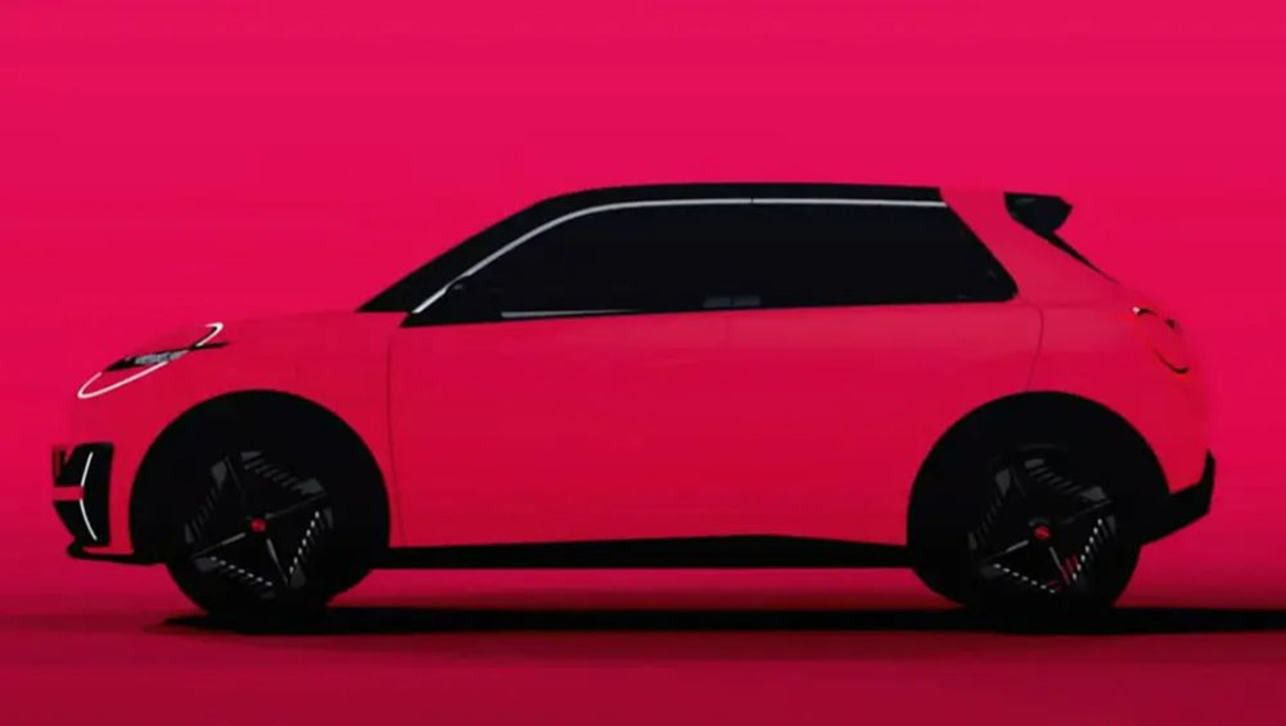
.jpg)
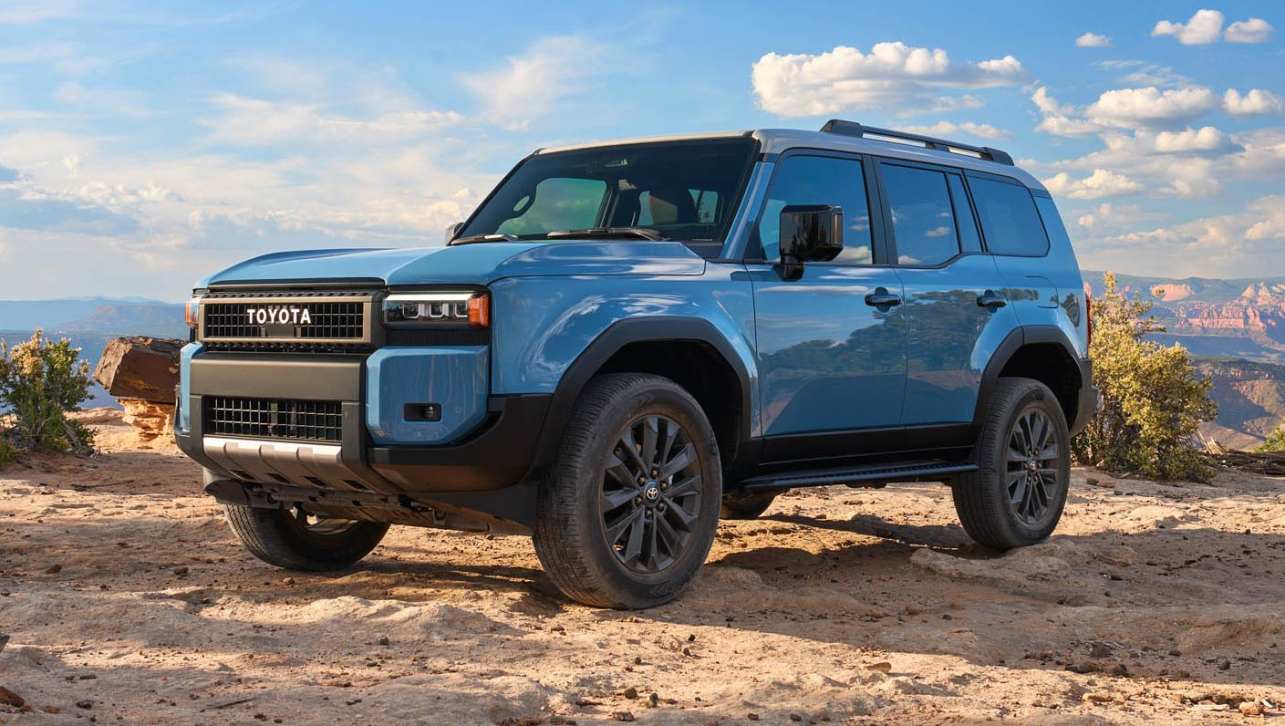
.jpg)
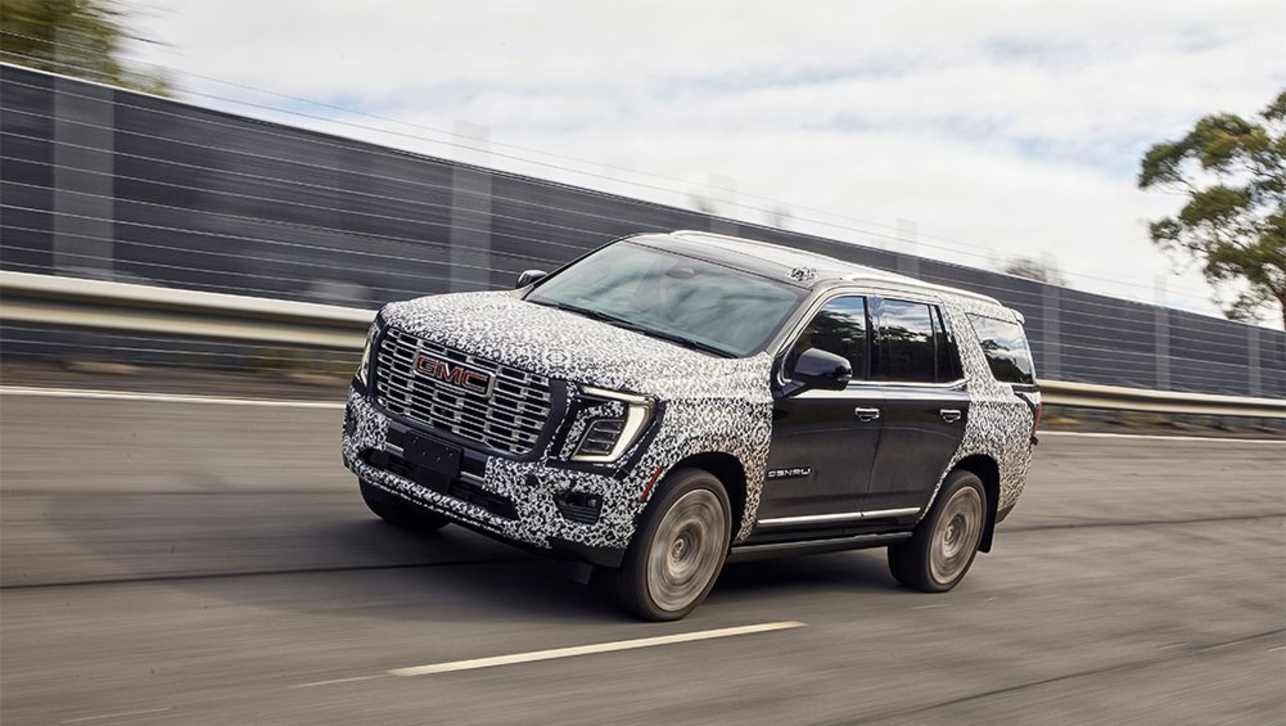
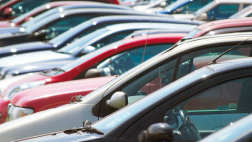

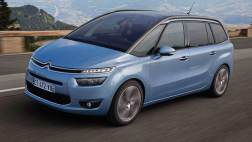









Comments